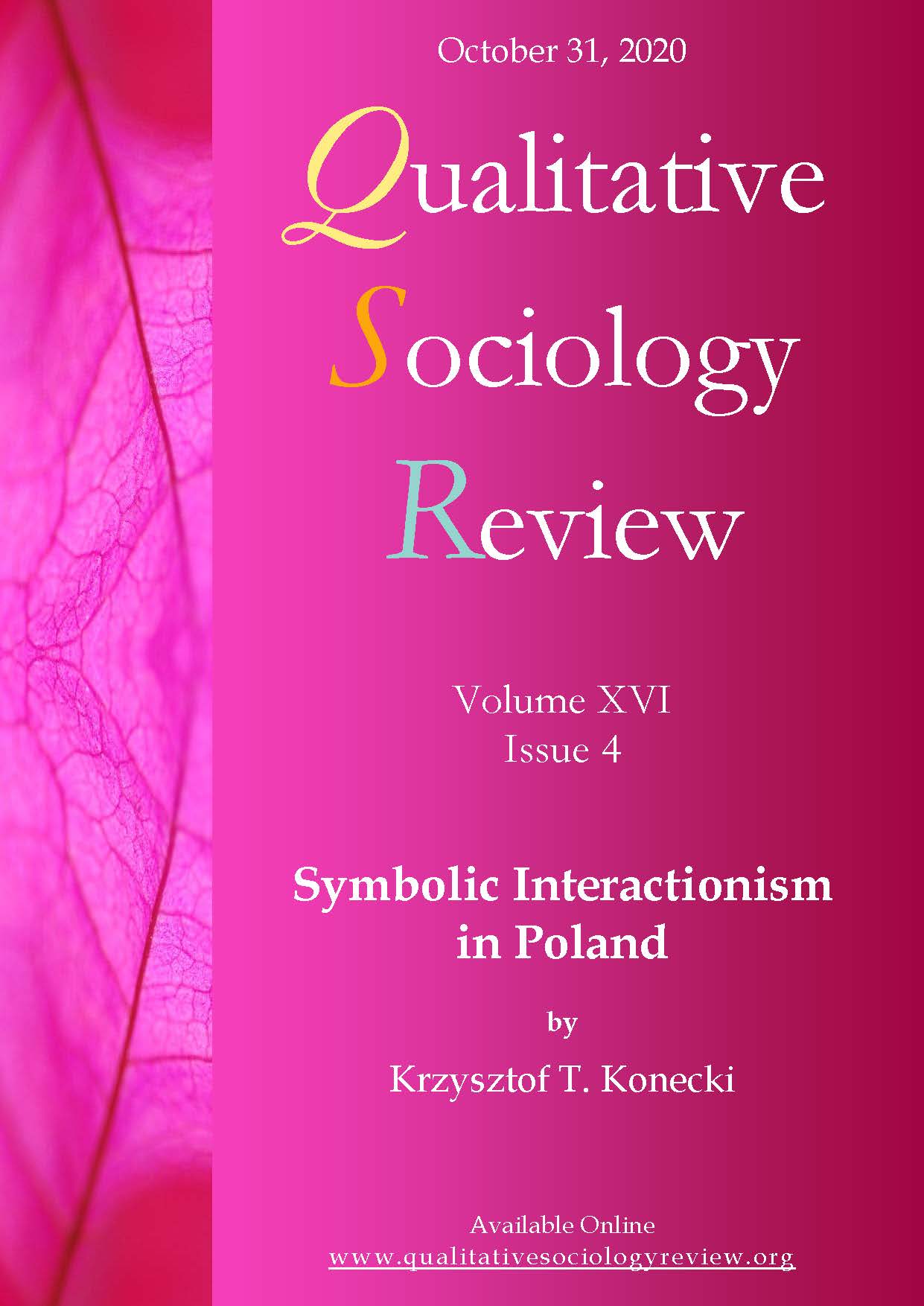The Interactive Dimension of Creating Cultural Artifacts Using Agile Methodologies
The Interactive Dimension of Creating Cultural Artifacts Using Agile Methodologies
Author(s): Rafał Wiśniewski, Izabela BukalskaSubject(s): Social Sciences, Sociology
Published by: Wydawnictwo Uniwersytetu Łódzkiego
Keywords: Symbolic Interactionism; Creative Sectors; Creativity; Agile Methodologies
Summary/Abstract: The authors consider symbolic interactionism to be a suitable theoretical framework to analyze projects in creative sectors because it affords ample space for individual and collective creativity. Furthermore, teams working on different cultural artifacts establish a negotiated order (interactionist term coined by A. L. Strauss) among artists, managers, the audience, and sponsors, et cetera, by discussing and translating various meanings and perspectives. This is especially noticeable when projects are managed using an agile methodology. The application of agile methodologies in creative sectors is a relatively new idea, although it seems to be in harmony with the nature of artistic work. For instance, it implies the acceptance of unpredictability and flexibility while also recognizing the ability and individuality of project participants. There are also specific problems related to the personalities of the artists and the irregularities and discontinuities inherent in the process of creation. The first part of the article raises the topic of creativity in symbolic interactionism. This perspective is subsequently extended to teamwork in creative sectors employing the description of collective work in Howard Becker’s book entitled Art Worlds as an example. The authors reflect on other contemporary works explaining the cultural shift transpiring during the move from the analog age to the current digital age and its influence on the process of creation in the world of artists. This leads to a discussion of distributed agility, a concept stemming from agile management. The various agile methods are mentioned and shortly characterized; we also present a succinct depiction of historical perspective. The literature on the use of agile methods in creative sectors is referred to along with some of the challenges they face. The need to develop an agile management methodology specifically for creative industries is emphasized. This article utilizes the literature on symbolic interactionism to explain group dynamics by drawing analogies with agile management.
Journal: Qualitative Sociology Review
- Issue Year: 16/2020
- Issue No: 4
- Page Range: 198-210
- Page Count: 13
- Language: English

